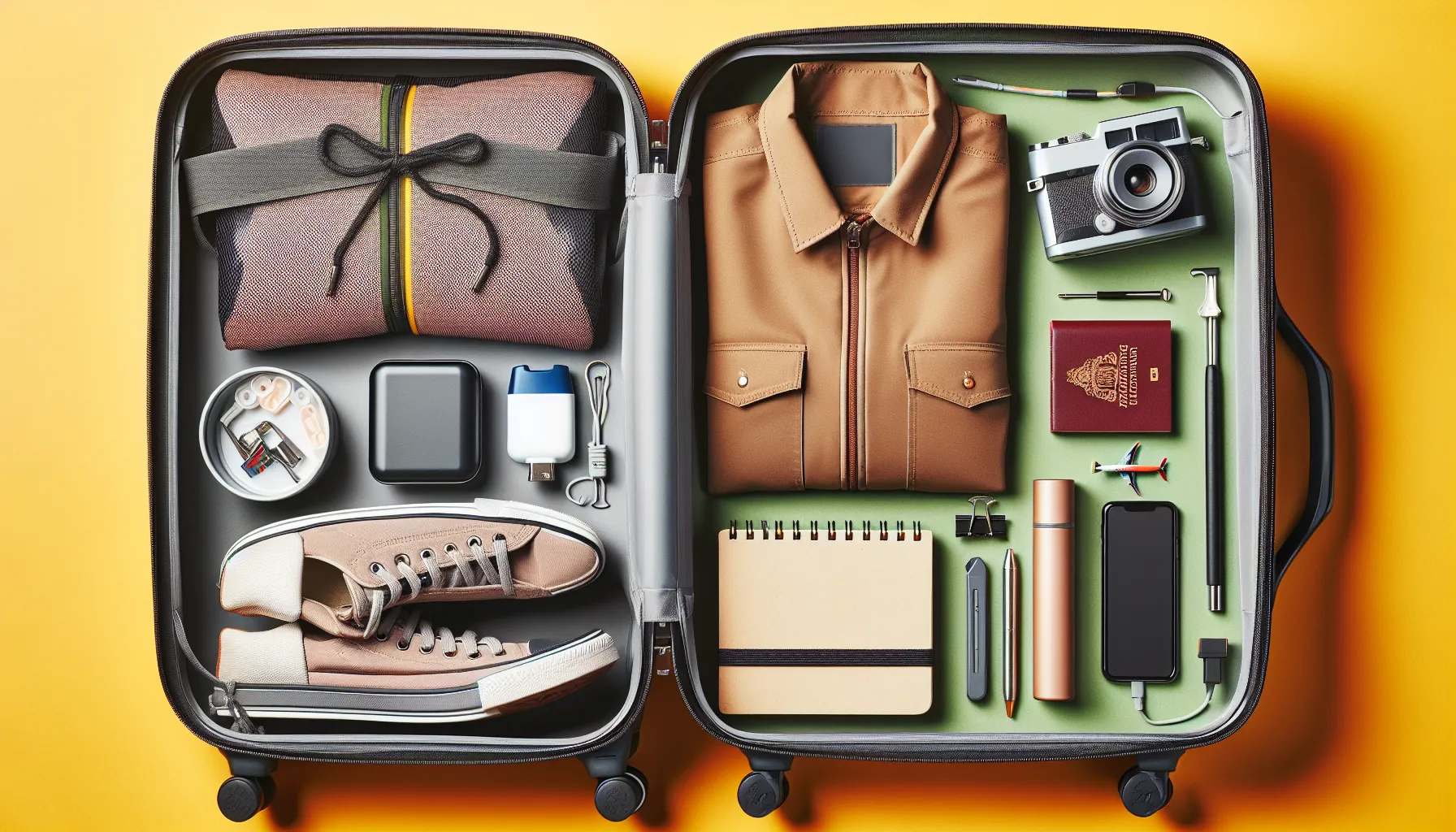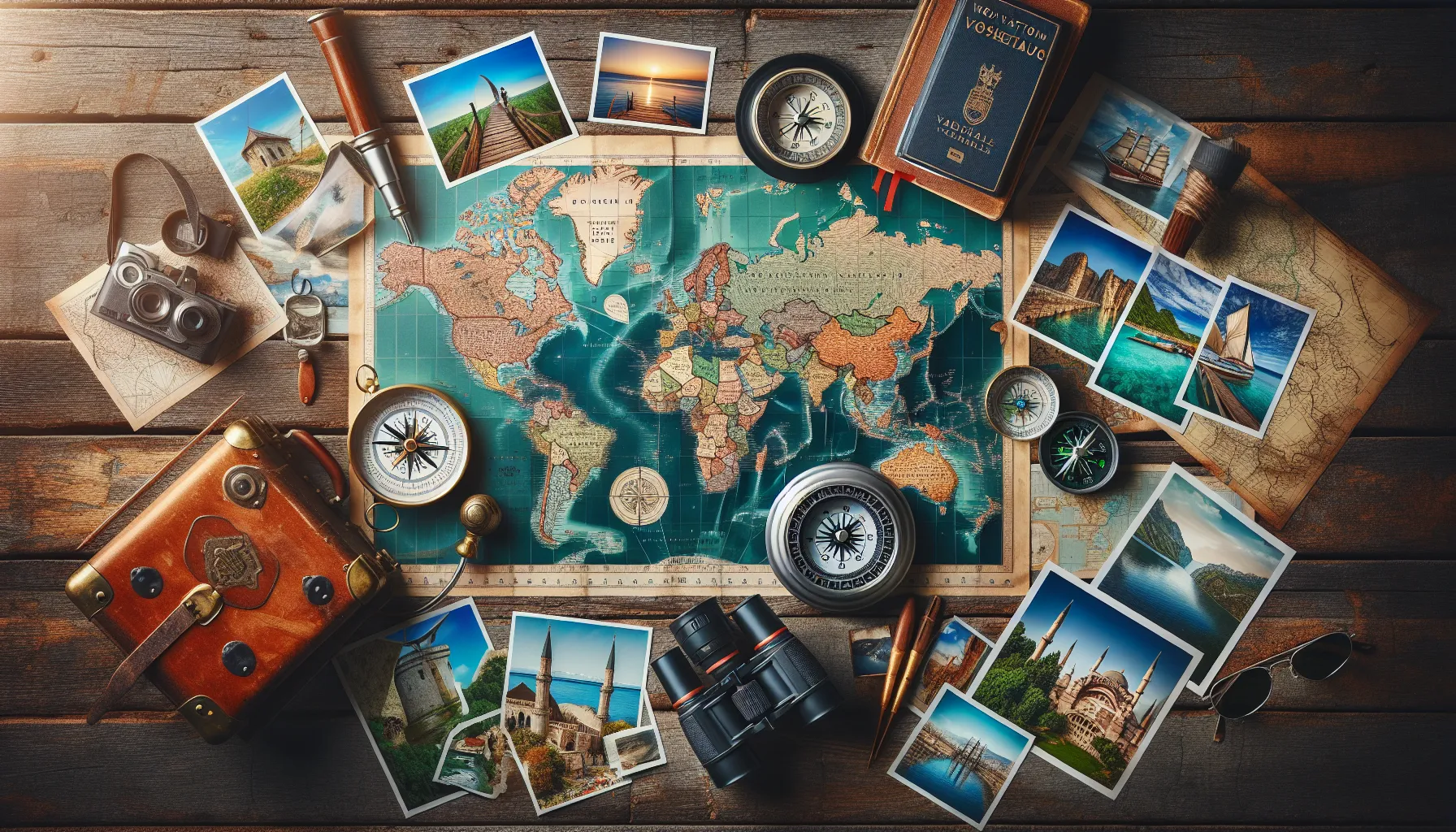What Literary Character Do You Relate to Most?
In the quest to find ourselves within the pages of literature, we’ve gathered perspectives from an e-commerce business owner to an e-commerce manager, each sharing a character they deeply resonate with. Alongside these professional insights, we’ve compiled additional answers that reflect the diverse personal connections readers find in their literary heroes. From an identification with Rodion’s moral struggle to the universal understanding of Holden’s youthful restlessness, join us as we explore the rich tapestry of characters that continue to inspire and mirror our own journeys.
- Identify With Rodion’s Moral Struggle
- Connect With Chinaski’s Raw Honesty
- Emulate Atticus Finch’s Righteousness
- Draw Strength From Salander’s Resilience
- Learn From Gatsby’s Dream Pursuit
- Admire Elizabeth Bennet’s Independence
- Understand Holden’s Youthful Restlessness
Identify With Rodion’s Moral Struggle
Rodion Romanovich is a character I use when making certain decisions in life. I try to be honest and good, no matter what I am doing. I look at Rodion Romanovich from Crime and Punishment and what he went through for doing the wrong thing. It ate him up inside. Just reading what he went through helps me to stay on the right path, in work and in life.
 Jeff Michael
Jeff Michael
Ecommerce Business Owner, Mother’s Family Rings
Connect With Chinaski’s Raw Honesty
I relate most to the character Henry Chinaski from Ham on Rye by Charles Bukowski. Like Henry, I appreciate raw and unfiltered honesty in both literature and life. I identify with his sense of alienation, his struggle to find his place in the world, and his determination to maintain his individuality in the face of societal pressures.
 John Frigo
John Frigo
Ecommerce Manager, Best Price Nutrition
Emulate Atticus Finch’s Righteousness
Atticus Finch, a character from To Kill a Mockingbird, stands as a towering figure of righteousness and moral strength. His dedication to fairness and the protection of the innocent is profoundly inspirational. He teaches us that standing up for what is right, despite what society may say, is the true measure of character.
Through his actions, he shows that the fight for justice is a noble and necessary endeavor. Think about how you can uphold the virtues of justice and integrity in your own community.
Draw Strength From Salander’s Resilience
Lisbeth Salander from The Girl with the Dragon Tattoo series is the very epitome of toughness when facing tough times. She demonstrates that no matter how formidable the odds, inner strength and cunning can prevail. Her story encourages victims to become survivors, transforming pain into power through fierce determination.
Engage with Salander’s grit, and let her resilience motivate you to overcome the challenges in your life. Take inspiration from her resolve and never give up, no matter how daunting the obstacles in your path may seem.
Learn From Gatsby’s Dream Pursuit
Jay Gatsby, of The Great Gatsby, is a poignant example of someone who covets his hopes and dreams, often to his own detriment. Gatsby’s life is a cautionary tale of the American Dream gone awry, where the glittering surface hides a void beneath. His ceaseless pursuit of love and success, misguided as it may be, reminds us of the power of personal aspiration.
Gatsby’s tale urges us to reflect on the dreams we chase and to consider the cost of their pursuit. Dare to dream, but remember to stay grounded in reality.
Admire Elizabeth Bennet’s Independence
Elizabeth Bennet from Pride and Prejudice provides a vivid representation of intelligence and self-reliance in a society that often undervalues women. Her quick wit and refusal to be pigeonholed into traditional roles resonate deeply with those seeking to define themselves on their own terms. Elizabeth’s navigation through the complexities of social expectations without losing her identity is truly commendable.
She encourages us to think independently and to cherish our sense of self. Let her inspire you to approach life with confidence and to always speak your mind.
Understand Holden’s Youthful Restlessness
Holden Caulfield, the protagonist of The Catcher in the Rye, is the quintessential representation of the restlessness and confusion that often accompanies youth. His experiences throughout New York City reveal the profound struggles one can face while transitioning from childhood to adulthood. Caulfield’s skepticism of the adult world and desire to protect the innocent resonate with anyone who has grappled with finding their place.
Reflect on the honesty with which he navigates his coming-of-age journey. Embrace the lessons of his youthful outlook by questioning established norms and considering how they influence your own journey to maturity.
Submit Your Answer
Would you like to submit an alternate answer to the question, “Which literary character do you relate to the most, and why? Describe a personal connection or similarity.”






























